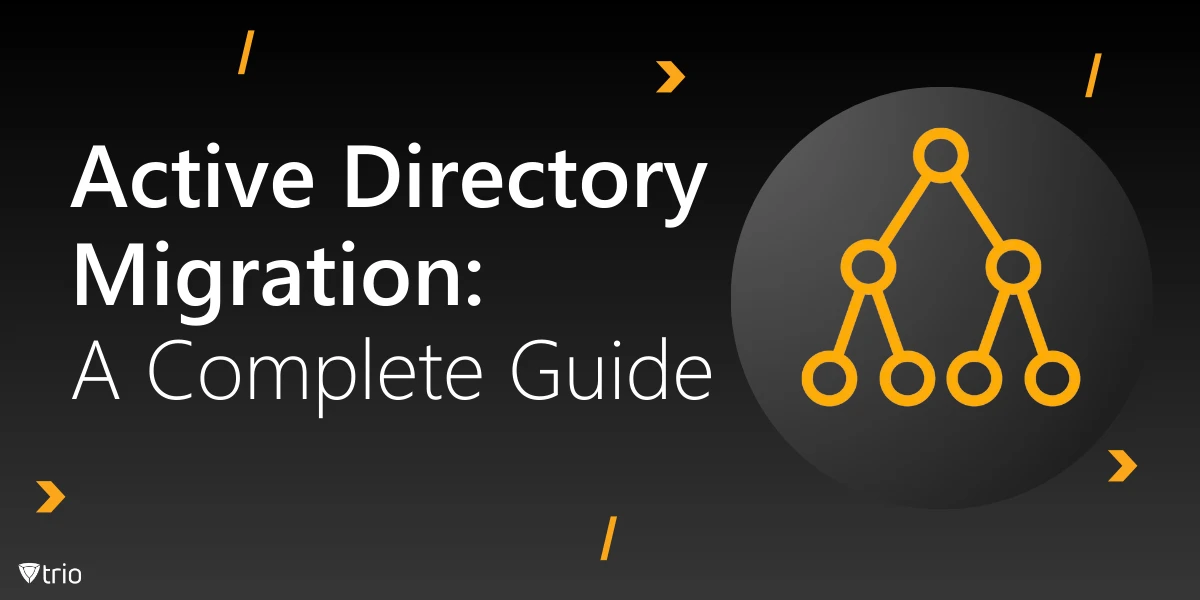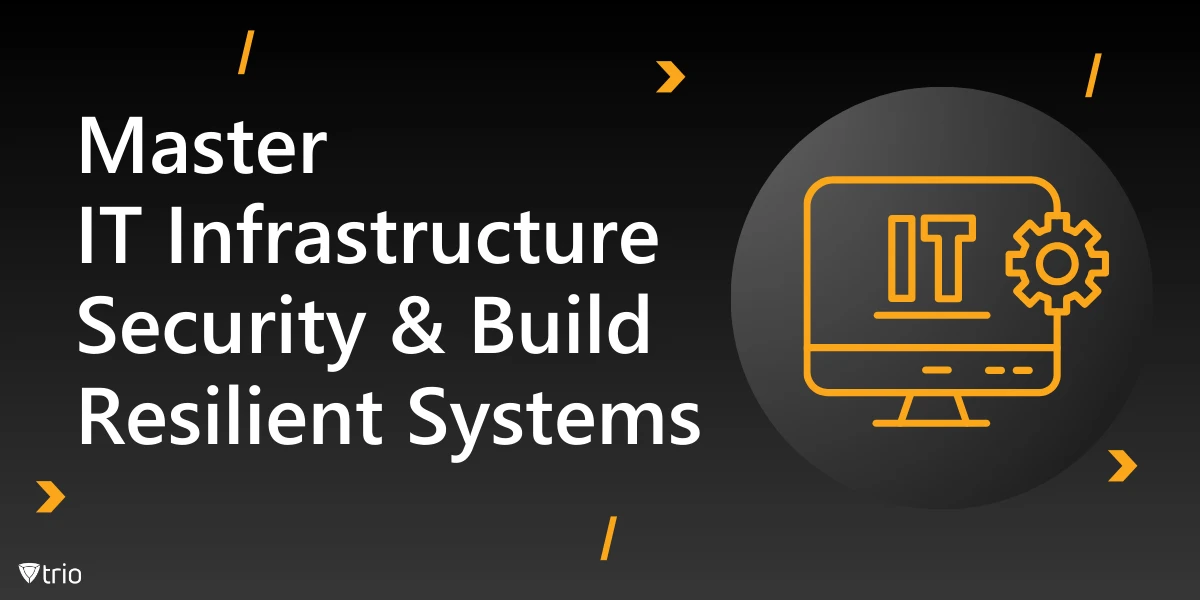Microsoft users faced a startling security revelation when researchers disclosed a critical vulnerability in the company’s multi-factor authentication (MFA) implementation. This flaw allowed attackers to bypass two-factor authentication (2FA) without user interaction, leaving over 400 million Office 365 accounts at risk. Exploited effectively, the attack enabled unauthorized access to sensitive services such as Outlook, OneDrive, Teams, and Azure Cloud. Despite Microsoft swiftly addressing the vulnerability, the implications of this exploit highlight the need for robust authentication mechanisms and ongoing vigilance in cybersecurity.
The Microsoft 2FA Bypass Vulnerability Explained
A major security gap was discovered in Microsoft’s 2FA system, leaving users exposed to unauthorized access. This weakness was exploited in a way that bypassed user interaction, making it both efficient and difficult to detect.
The vulnerability, identified by Oasis Security, targeted the way Microsoft implemented time-based one-time passwords (TOTPs) in its authentication process. Attackers could use brute-force methods to guess codes without being locked out after multiple failed attempts. The system’s extended validity window for codes—up to three minutes instead of the usual 30 seconds—offered a larger window for attackers to succeed. By initiating multiple sessions at once, attackers could cycle through code permutations rapidly, evading security measures.
Why the Exploit Was So Effective
What made this vulnerability particularly dangerous was its ability to go unnoticed. Tests showed that:
- The bypass could be completed within an hour, requiring no input from the account owner.
- Account holders were not alerted to failed login attempts, giving attackers free rein to continue undetected.
- The likelihood of success exceeded 50% after approximately 70 minutes of attempts.
This combination of efficiency and stealth rendered the exploit highly effective and deeply concerning.
How Microsoft Responded
When the vulnerability was reported, Microsoft moved quickly to address the issue. The company collaborated with researchers to implement fixes and strengthen its MFA protections.
Oasis Security first flagged the issue, known as “AuthQuake,” in June 2024. Microsoft acknowledged the report and began working on mitigations almost immediately.
Mitigation Efforts
Initial fixes were rolled out in early July 2024 to temporarily limit the exploit’s scope. By October, Microsoft had implemented a more robust solution, introducing stricter rate limits that locked accounts after repeated failed attempts. These measures were designed to significantly reduce the likelihood of successful brute-force attacks.
Microsoft also assured users that it had found no evidence of real-world exploitation before the vulnerability was patched. However, this incident highlights the importance of ongoing scrutiny and improvement of security protocols.
Technical Details of the Attack
This vulnerability leveraged specific flaws in the way Microsoft’s MFA system processed TOTPs, allowing attackers to bypass protections with ease.
Microsoft’s implementation allowed each six-digit authentication code to remain valid for up to three minutes. This duration far exceeded the standard 30-second validity for most systems, creating an opportunity for attackers to brute-force combinations. Additionally, the system lacked adequate rate-limiting protections, which meant attackers could repeatedly attempt to guess codes without triggering an account lockout.
Brute-Force Success Rates
Tests conducted by researchers revealed:
- A 3% chance of success within each three-minute window.
- A probability of success exceeding 50% after 24 sessions, totaling about 70 minutes.
- Scenarios where success was achieved much sooner due to random factors.
The extended validity of codes, combined with the absence of effective rate-limiting, made this attack both practical and scalable. This demonstrates how relatively small implementation flaws can have significant security implications.
Lessons for Organizations Using MFA
This incident provides a vital lesson for organizations relying on MFA: proper configuration and proactive monitoring are essential to ensure its effectiveness. Even a well-established security mechanism like MFA can become a vulnerability if not implemented correctly.
Why Vigilance Matters
MFA is a powerful defense against unauthorized access, but it is not immune to exploitation. Organizations must remain proactive, updating configurations and monitoring for emerging threats to ensure that their security systems are as resilient as possible.
Best Practices for Mitigation
Regularly reviewing and updating security configurations can help identify and resolve vulnerabilities that may otherwise be overlooked. Multi-factor authentication (MFA), which has become near ubiquitous as a way of thwarting credential-stuffing cybercriminals, was supposed to be the surefire thing that would protect companies and their employees from compromise. However, its effectiveness depends heavily on proper implementation, making ongoing vigilance and improvement essential.
- Enforce Strict Rate Limits: Setting limits on failed login attempts can significantly reduce the risk of brute-force attacks.
- Enable Real-Time Alerts: Notifications for failed login attempts can help users and administrators identify suspicious activity before it becomes a full breach.
- Conduct Regular Security Audits: Periodic reviews of authentication systems can help identify and address potential vulnerabilities.
- Consider Advanced Authentication Methods: Moving toward passwordless solutions, such as biometrics or hardware-based security keys, can reduce reliance on shared secrets and enhance overall security.
The Broader Landscape of 2FA Bypass Attacks
This Microsoft-specific vulnerability highlights a broader trend in cybersecurity, where attackers continually seek new ways to exploit authentication systems.
Common Techniques
While the AuthQuake vulnerability was specific to Microsoft, many 2FA bypass attacks use phishing to deceive users into providing authentication codes. In these scenarios, attackers intercept the code in real time and use it to authenticate themselves as legitimate users. This technique, often referred to as session hijacking, enables attackers to exploit valid session cookies for unauthorized access.
Emerging Threats
Sophisticated phishing kits, such as “Rockstar 2FA,” are becoming increasingly available. These kits allow attackers to target high-profile platforms like Microsoft and Google with minimal effort, further lowering the barriers to entry for cybercriminals.
Strengthening 2FA Systems: Lessons for Developers and Users
The Microsoft MFA vulnerability highlights a significant issue in security systems: even widely trusted tools can harbor flaws if not implemented with precision. Developers and users alike must adopt a more proactive approach to safeguarding their digital environments against emerging threats.
For developers, the key takeaway is the importance of building systems with multiple layers of protection. Rate limits and shorter validity windows for authentication codes are fundamental measures that should never be overlooked. Developers must also ensure that their systems generate alerts for failed login attempts, providing critical feedback loops to users and administrators. A comprehensive security design goes beyond just mitigating immediate risks; it anticipates potential exploitation methods and defends against them proactively.
From the user’s perspective, awareness and vigilance are equally critical. MFA, while an essential tool, is not a foolproof solution. Users should treat it as one part of a broader security strategy rather than relying on it entirely. Simple steps like enabling email or SMS alerts for account activity and using hardware-based security tokens where possible can offer additional layers of protection.
Addressing Common Pitfalls in Authentication Systems
Authentication systems, particularly those involving MFA, are designed to keep unauthorized users out. However, as this incident reveals, implementation gaps can undermine their effectiveness. Common pitfalls like improper rate limiting or overly generous validity windows often stem from a focus on user convenience at the expense of security. Balancing these priorities is crucial for developers.
Balancing Usability and Security
Designing user-friendly security features is challenging but necessary. Extended code validity windows, for instance, aim to accommodate users with slower devices or poor internet connections. However, as demonstrated in this case, such allowances can inadvertently expose systems to abuse. Developers must carefully assess trade-offs, prioritizing security without excessively compromising user experience.
The Role of Regular Testing
Thorough and regular testing of authentication systems is another critical step. Developers should employ both automated tools and manual testing processes to uncover vulnerabilities before attackers can exploit them. Penetration testing by trusted security firms or internal teams can help identify weaknesses that might otherwise go unnoticed.
Organizations must also stay updated on evolving security standards. For example, moving from TOTPs to more advanced methods like FIDO2-based authentication offers stronger defenses against modern attack techniques. These methods eliminate reliance on shared secrets, reducing the attack surface significantly.
Broader Implications for Cybersecurity
The Microsoft 2FA vulnerability is not an isolated incident. It is part of a growing trend where attackers target authentication mechanisms to gain unauthorized access. As more businesses and individuals adopt digital tools, authentication systems become attractive targets for exploitation.
The Evolution of Attack Methods
Attackers constantly refine their methods to exploit security weaknesses. While brute-force attacks like the one enabled by Microsoft’s vulnerability remain a concern, phishing remains a leading attack vector. Tools like phishing kits are becoming increasingly accessible, enabling attackers to deceive users and harvest credentials with ease.
For example, phishing-as-a-service tools often mimic legitimate login pages, tricking users into entering their credentials and 2FA codes. Attackers can then use these codes to authenticate themselves as the rightful account owners, bypassing security measures entirely. Businesses must educate users to recognize these threats and implement technologies like domain monitoring to detect phishing attempts targeting their brands.
The Need for Industry Collaboration
No single organization can address the challenges of cybersecurity in isolation. The collaborative efforts between Oasis Security and Microsoft in this case provide a blueprint for effective threat management. By sharing vulnerability reports and working together on fixes, organizations can reduce the impact of exploits and improve security outcomes for all users.
The broader cybersecurity community can take cues from such collaborations to build collective defenses. Sharing threat intelligence, conducting joint security research, and setting higher standards for software development are essential for staying ahead of attackers.
The Future of Authentication: Moving Beyond MFA
The vulnerability exposed by this incident reinforces the need for more secure and innovative authentication methods. While MFA remains an essential security tool, it is not without limitations. The reliance on shared secrets, such as passwords and codes, introduces vulnerabilities that attackers can exploit.
Transitioning to Passwordless Authentication
Passwordless authentication methods represent a promising future for securing accounts. Technologies like biometric authentication, hardware security keys, and public-key cryptography eliminate the need for passwords and one-time codes entirely. These methods are harder to compromise because they rely on unique, non-reusable factors that cannot be easily intercepted or guessed.
For instance, FIDO2-based authentication uses a private key stored on a secure device and a public key shared with the service provider. Even if attackers intercept the communication, they cannot replicate the private key needed to gain access. This approach not only enhances security but also improves user experience by eliminating the need to remember and manage passwords.
Enhancing Security Awareness
Transitioning to advanced authentication methods will require significant user education. Organizations must invest in training programs to help users understand the benefits and operation of new technologies. Security tools that are intuitive and easy to adopt will encourage broader acceptance among users.
Final Thoughts: Building a Resilient Security Framework
The Microsoft 2FA bypass vulnerability serves as a stark reminder of the evolving nature of cybersecurity threats. While the issue was swiftly addressed, it highlights how even well-established tools can be compromised if not implemented with care. Businesses and individuals must recognize that effective security is not a one-time setup but a continuous process of improvement.
Organizations should treat incidents like this as opportunities to reevaluate their own security systems. By adopting advanced authentication methods, maintaining proactive monitoring, and fostering collaboration across the cybersecurity industry, businesses can stay ahead of attackers and better protect their users.
For users, the lesson is clear: security tools are only as effective as the systems and habits that support them. Enabling additional safeguards, staying informed about emerging threats, and remaining cautious with online interactions can make a significant difference in reducing risk.
By addressing vulnerabilities, refining authentication processes, and embracing a culture of security, the digital ecosystem can become a safer space for everyone. However, this requires constant vigilance and a commitment to evolving alongside the threats that emerge.







